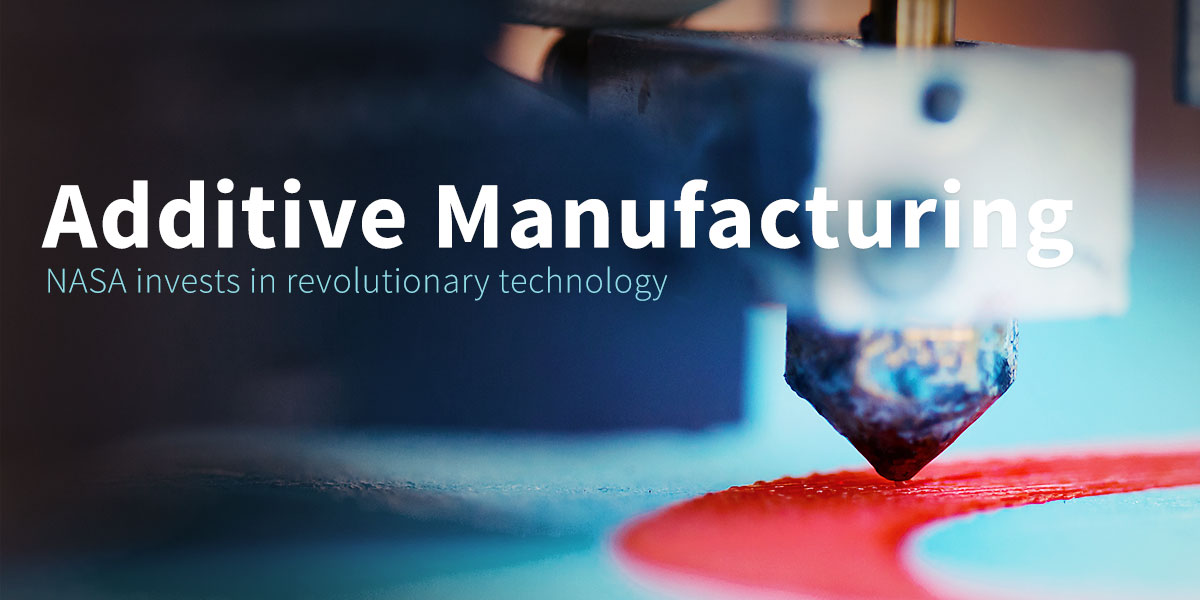NASA Invests in Additive Manufacturing Technologies
November 21, 2014
2-minute read

NASA’s Office of Safety and Mission Assurance has developed a three-year plan to develop Nondestructive Evaluation (NDE) methodologies designed to ensure the production of safe and reliable Additive Manufactured (AM) parts for spaceflight applications. AM, or 3-D printing, is a rapidly growing technology that has the potential to revolutionize manufacturing by reducing component lead time, cost, material waste and energy usage.
AM is particularly promising for space applications due to reduced product weight and the potential for fabricating spare parts and supplies en route for long-duration missions. In addition, AM is capable of producing parts with complex geometries and tailored material properties that are impossible to produce using conventional subtractive processes.
NASA and its commercial space partners are on the cusp of using AM to produce spaceflight hardware, resulting in an immediate need to develop product certification and process qualification procedures to ensure the integrity of such hardware. NDE will play a vital role in meeting this need by verifying AM products throughout the qualification cycle, from the characterization of starting materials, to in-situ process monitoring, to final part inspection.
NDE is providing expertise from across the agency that will help address the three most promising AM processes for production of metallic spaceflight hardware: Direct Laser Sintering (DLS), Electron Beam Melting (EBM) and Electron Beam Freeform Fabrication (EBF3). The DLS and EBM activities will address Inconel and Titanium alloys commonly used in propulsion components and the EBF3 activity will address Titanium used in structural applications. Additional investments will be made in NDE modeling and the development of industry consensus standards, which will expand applications to a broader range of AM processes and materials. Initially, emphasis will be on AM processes and metals used in fabrication of propulsion system components.